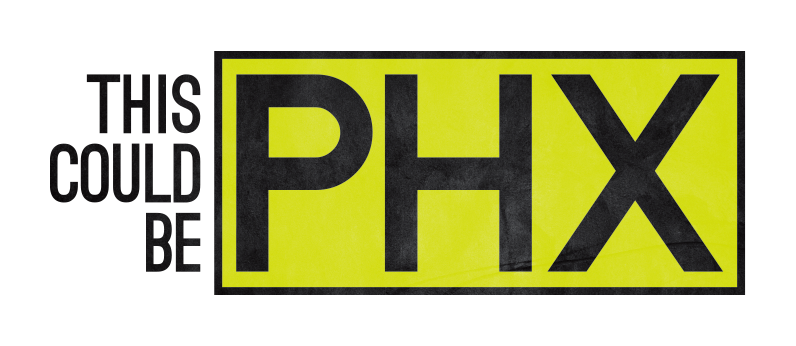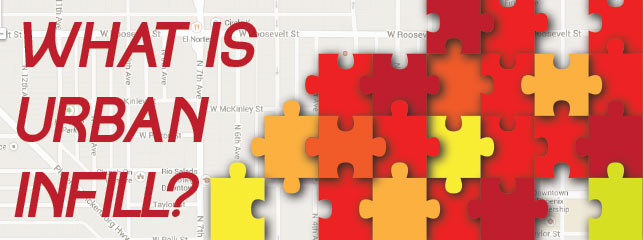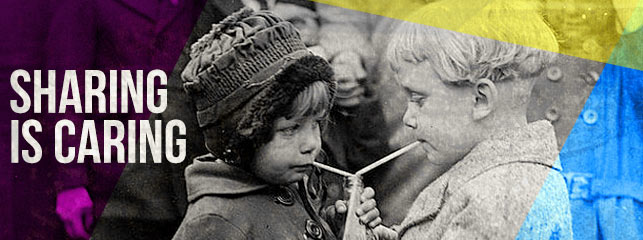22 Oct
What Does Urban Infill Mean to Downtown Phoenix?
Words like urban infill get thrown around a lot in conversations about Downtown Phoenix, and really any modern city for that matter. But what is urban infill? According to the Sustainable Cities Initiative, it's defined as: [quote style="default"]... new development that is sited on vacant or undeveloped land within an existing community, and that is enclosed by other types of development. The term 'urban infill' itself implies that existing land is mostly built-out and what is being built is in effect 'filling in' the gaps. The term most commonly refers to building single-family homes in existing neighborhoods but may also be used to describe new development in commercial, office or mixed-use areas.[/quote] We like to think of urban infill projects as the missing puzzle pieces to a city's success. That missing puzzle piece helps to bring about more density, walkability, amenities, and healthy and lively lifestyles. 08:40 / City Infrastructure





